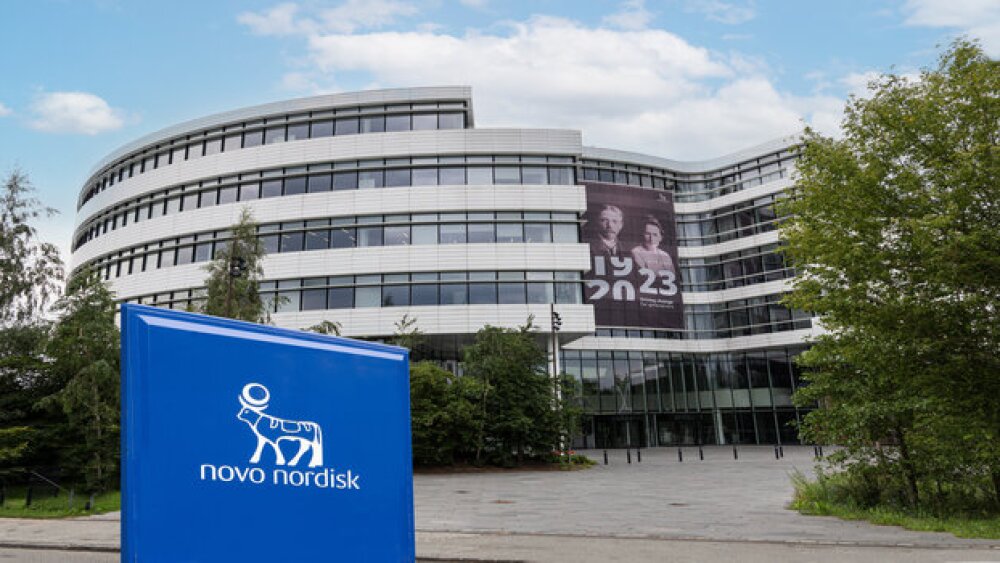October 28, 2014
By Jessica Wilson, BioSpace.com Breaking News Staff
A consortium of researchers has teamed up with an industry and academic consortium that will target G-protein coupled receptors (GPCRs) and then release their research into the open domain, the new group announced today.
Called the GPCR Consortium, the new nonprofit includes three major industry players as founding members: the U.S.-based biopharmaceutical company Amgen , the France-based pharmaceutical company Sanofi and the Japan-based pharma company Ono Pharmaceutical. The high-profile academic institutions participating include iHuman Institute at ShanghaiTech University, Shanghai Institute of Materia Medica, a member of the Chinese Academy of Sciences, and the University of Southern California--Los Angeles.
A key feature of the consortium is that it aims to release the results of their research in the public domain, and thus make it free to all—not just to consortium members. This action is referred to as “pre-competitive access” and members will decide as a group which GPCR targets to focus on as the project continues.
The 826 GPCRs in the human body control a “variety of human physiology and are implicated in many diseases.” This makes the proteins valuable as drug targets, but they are “mechanistically poorly understood.” The consortium, which hopes to attract an additional five industry players as members, aims to discover the structure of 200 GPCRs. One result could be high-resolution pictures of the GPCRs.
The GPCR Consortium marks a new and growing trend in research, according to Reuters, whereby academic institutions and industry players combine their early-stage drug research.
Referring to a similar group, Raymond Stevens, founding director of the iHuman Institute at ShanghaiTech University, said, “Industry and academic consortia like the not-for-profit Structural Genomics Consortium are becoming a more common model to support scientific research on the international scale, including the open exchange of data and reagents, including compounds.”
Mingqiang Zhang, head of Amgen’s Asia R&D Center, elaborated on the benefits of the consortium, “By working together with the leading academics in GPCR structural biology, many of whom are co-located with our Asia R&D Center in Shanghai, we can better synergize our efforts in understanding human biology at [the] molecular level and advancing drug discovery in diseases where GPCRs play significant roles, including cancer, metabolic and CNS disorders.”
Both Sanofi and Ono confirmed they will be part of the GPCR Consortium and said that the benefit will be to speed the development of better healthcare for patients around the world.





